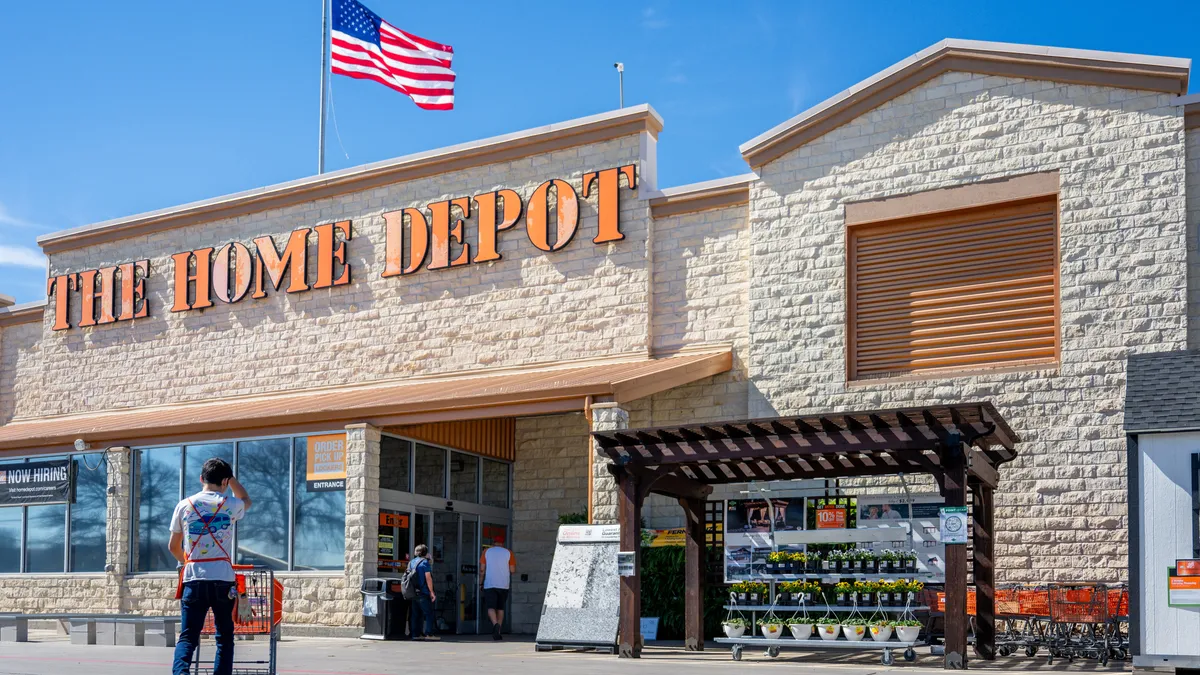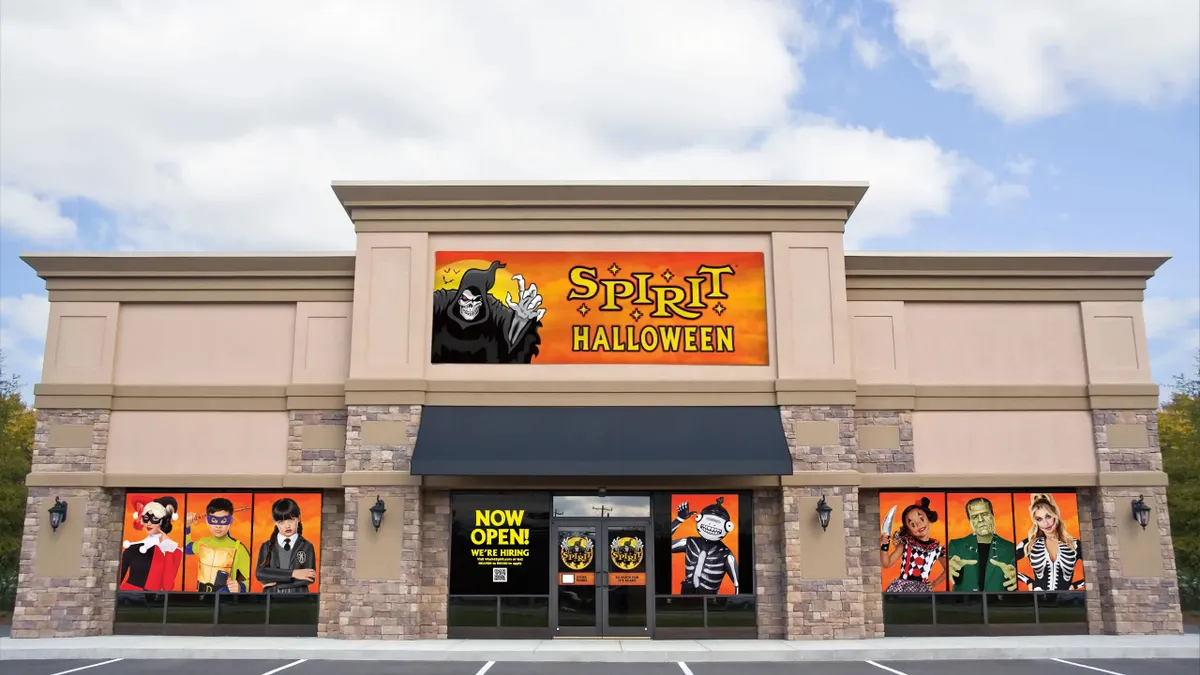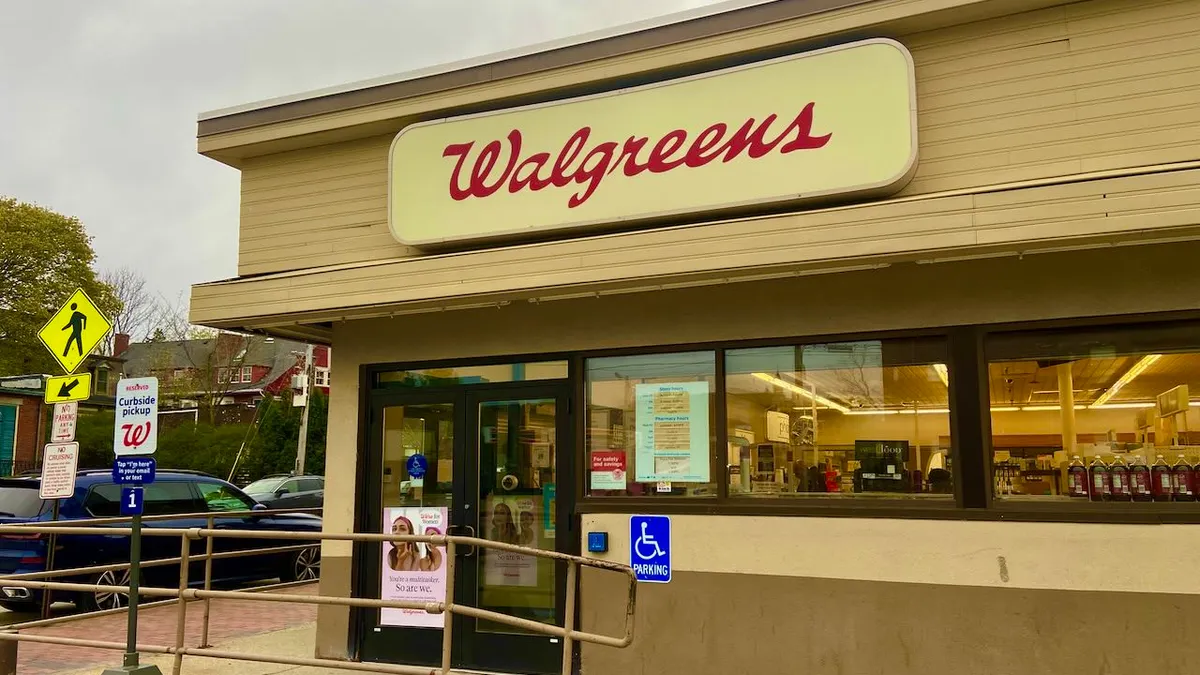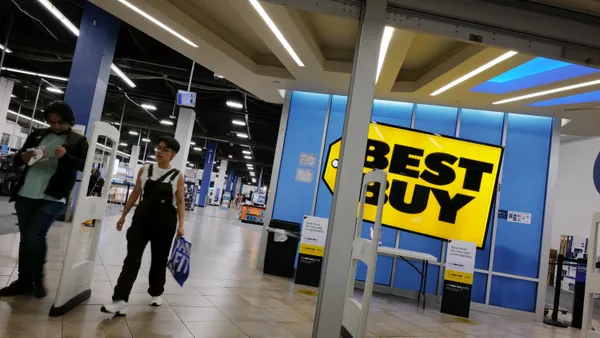Victor Gruen, the Viennese architect and planner who is credited with creating the American mall, equated good planning with good business, and thought of malls as vibrant community centers. They’ve had their time in which they thrived, but they never really became, for the most part, the cultural or community centers Gruen envisioned.
Instead, most American malls now seem to be examples of a sort of architectural and commercial mass production, a place to go to get something you need — a prom dress, a suit, new soccer gear.
But to survive, or even revive, the American mall may need to get closer to Gruen’s vision.
The mall as a destination
Some of the most successful malls in the U.S. these days are spectacular destination spots. The quintessential example may be the sprawling Grove in Los Angeles, one of the highest grossing shopping centers in the country and a clear departure from the traditional American mall.
The Grove and malls like it offer a wide variety of amenities and entertainment — not just movies (though there is a theater there) but also live shows. There’s a free trolley, a farmers market, and a park in addition to a variety of retail and restaurant options.
But this massive level of entertainment and attractions isn't possible for every mall across America. What about malls that operate on a smaller scale, in places that would never attract the level of tourism that keep a place like the Grove afloat?
Thinking more like retailers
The bread-and-butter malls that dot the suburban American landscape have largely been behind-the-scenes players, with consumer interactions left largely to the retailers housed there. Now, though, malls are finding success by stepping more into view, using technology to finesse things like communications with shoppers and help with sources of mild frustration like parking.
One way to connect more with consumers is to present a mall as a community resource, not just a place to shop. While traditionally it’s been anchor tenants like department stores that were seen as bringing in shoppers, who would also float by smaller specialty retailers as they walked through, in recent years malls have added amenities like gyms and even medical and dental offices.
José de Jesús Legaspi's is one developer who is creating malls with a mix of enterprises. Legaspi is also giving his 10 projects a decidedly ethnically focused mix to appeal to Hispanics, inviting retailers based on what products Hispanics buy most. But he doesn’t stop there. There are shops catering to quinceañera celebrations, events geared to feast days like the Day of the Virgin of Guadelupe, religious services, and Sunday sales events scheduled to accommodate anyone going to Sunday services.
"We create one-stop shopping for the entire Hispanic family," Legaspi told Fast Company magazine, "grocery stores, dental care, medical care, immunization, clothes, entertainment, banking, and the DMV.”
Engaging with technology
Beacons and mobile phones are emerging as key technologies for mall owners to engage consumers and make it easier for them to contemplate spending time at their properties.
Malls now communicate with shoppers through email and social media much the way retailers do, establishing a connection that heightens the sense that a mall is a go-to place where consumers will be taken care of. Beacons and email are both opportunities to gain insights from consumers as well, so that landlords can learn first-hand how to keep their visitors happy.
The mobile app StepsAway, for example, brings a cohesive wi-fi based platform to engage shoppers, who could be privy to flash sales and other promotions only available through the app.
And it’s not just about promotions, loyalty perks, or special events — all good ideas that have become routine at most malls and being made more creative via technology. Sensors can also smooth trips to the mall by helping visitors find parking and leverage mobile to enable them to find their cars when the day is done.
Delivery
Several malls have partnered with same-day startup Deliv and other delivery services, and that makes the mall a resource for consumers even when they’re not there.
For some malls, mostly those based in the heart of the city, a delivery service can relieve shoppers of their bulky packages so that they can get on with their day — back to the office or off to the theater, as at Chicago’s Water Tower Place, the tony mall on Chicago’s Magnificent Mile shopping district. But same-day delivery options also enables people to shop at the mall from home.
“Our intent is to partner with retailers to create new consumer services, such as same-day local delivery and pickup,” says Scott Morey, SVP at General Growth, of the company’s deal with Deliv for four California malls. “Our malls will continue to be a point of distribution for unique retailers to serve our shoppers.”






















